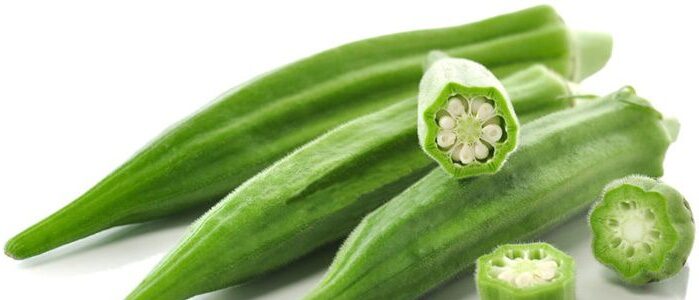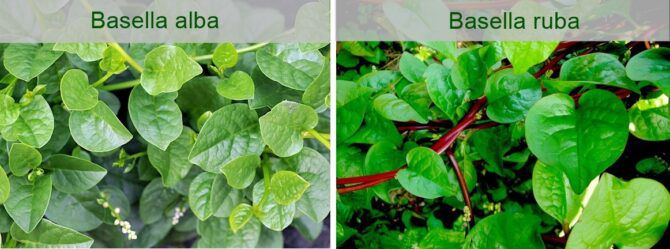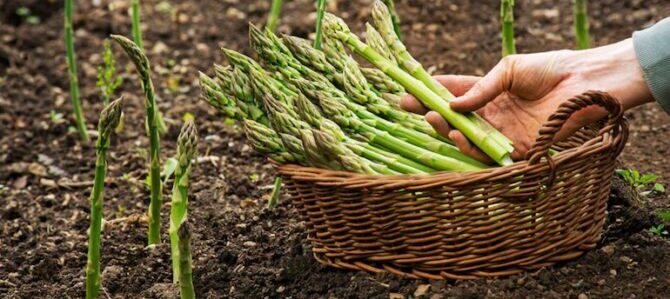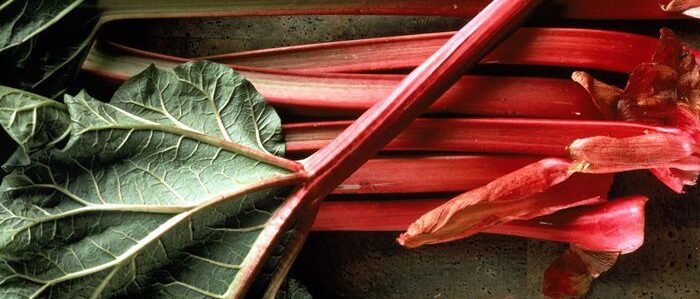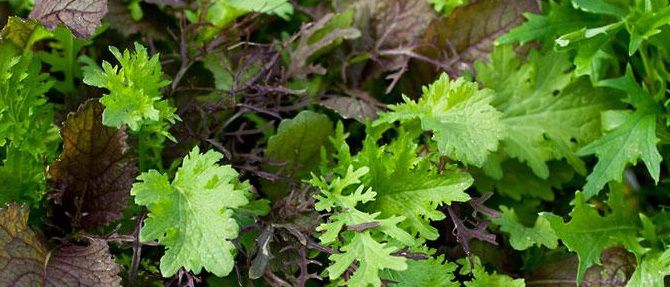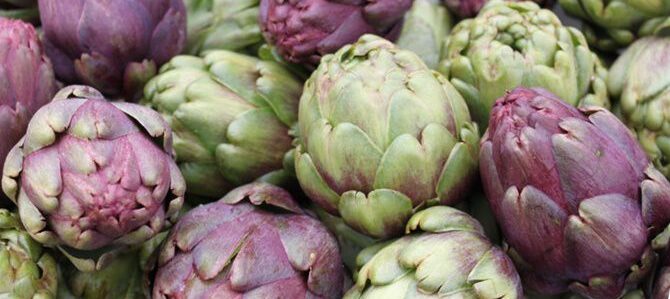Vegetables
How to Grow Amaranth
How to grow Amaranth from seed to harvest. Amaranthus is a cosmopolitan genus of annual or short-lived perennial plants collectively known as amaranths. Some amaranth species are cultivated as leaf vegetables, grains / pseudocereals, and ornamental plants. Some of the Amaranth varieties include Green Marog, Dreadlocks Amaranth, Molten Fire Amaranth and Amaranth Tricolor Aurora. Most of the Amaranthus species are summer annuals and are commonly referred to as pigweeds.
How to Grow Amaranth from seed
- Direct sow Amaranth seeds into prepared beds after all danger of frost in groups of 4 seeds spaced 18-24 inches apart.
- Thin to the strongest plant.
- Or, scatter seed over ground that has had the top 1 inch of soil loosened. Rake seed in lightly, walk over area to firm soil.
- Keep moist until germination. Amaranthus seed is easy to germinate provided the soil is warm.
- Seed can also be started indoors in cell packs or containers.
- Kept at 18 – 21 Celsius , germination is in 10-21 days.
- Grow in full or part sun.
- Plants tolerate high heat, and will grow in any soil as long as drainage is good.
- Amaranthus will grow faster, produce more flowers with regular water, but will tolerate some drought once established.
- Seed heads attract birds and beneficial insects.
Maintaining Amaranth Plants
- Amaranth is responsive to nitrogen and phosphorous. Plants grown in average garden soil will be four-feet to six-feet tall, while those grown in rich soil or compost may reach over eight feet.
- Optimum soil is a well-drained loam but both plants will do well in all but poorly aerated clay soils.
- Amaranth prefer a warm climate, full sun, and a well drained soil.
- Water them during dry periods, once or twice per week.
- Add a general purpose fertilizer once or twice a season.
Harvesting Amaranth
- You can begin harvesting amaranth plants for greens almost immediately. Young greens are perfect for salads, while older greens are better when cooked like spinach.
- Seeds ripen about three months after planting, usually in the mid- to late summer, depending on your climate and when you planted.
- When you see birds pecking at your amaranth, or when seeds fall away from the cluster when gently rubbed, it is time to harvest your crop.
- When the weather is dry, bend over seed heads into a large bucket and clip them off.
- Working in a dry place, strip off the seeds, use a fan to winnow out debris, and spread the cleaned seeds on screens or trays to finish drying indoors.
Disclaimer
Medicinal Information:
All medicinal information on this website is for educational and informational purposes only and may not be construed as medical advice. The information is not intended to replace medical advice or treatment offered by healthcare professionals.
Seeds, Plants, Plant Cuttings, Geophytes and Dried Herbs:
In some countries and provinces, certain plants are deemed as invasive and are not allowed to be planted at all, whilst some plants are allowed to be grown only in certain areas or provinces. The onus is on you as the buyer to familiarize yourself with the regulations pertaining to your location, before purchasing any of our seeds, plants, plant cuttings, geophytes or dried herbs. We will not be held liable, should you purchase any seeds, plants, plant cuttings, geophytes or dried herbs. from us which are prohibited in your country or province.



